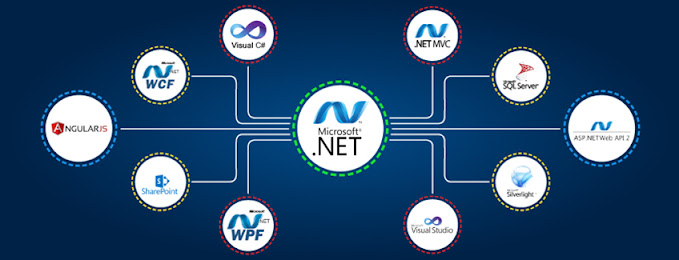How to Build and Deploy AI/ML Systems in 2025
The rapidly evolving landscape of technology has made AI/ML development services indispensable for businesses aiming to stay competitive in 2025. Building and deploying AI/ML systems requires a strategic approach, combining advanced tools, expert skills, and a clear understanding of business objectives. This article explores the essential steps to effectively create and deploy AI/ML systems, ensuring they deliver tangible benefits like increased efficiency, cost optimization, and innovation.
The Foundations of AI/ML Development
Before diving into development, it’s crucial to define the problem the AI/ML system aims to solve. Whether you’re streamlining operations, enhancing customer experiences, or improving decision-making, a clear goal helps align the system's capabilities with business needs.
Once objectives are set, selecting the right tools and frameworks becomes pivotal. Modern AI app development services offer a plethora of pre-built models, APIs, and libraries that accelerate development while maintaining flexibility. Tools like TensorFlow, PyTorch, and cloud platforms such as AWS, Azure, and Google Cloud have become industry standards for building robust AI/ML systems.
Data: The Heart of AI/ML Systems
Data is the lifeblood of any AI/ML project. High-quality data ensures better model accuracy and reliability. Businesses should focus on collecting, cleaning, and organizing data from multiple sources, including internal databases, customer interactions, and third-party datasets. Employing cutting-edge data preprocessing techniques ensures that the algorithms are trained on comprehensive and unbiased datasets, which is critical for achieving meaningful results.
Machine learning services often include advanced data engineering to manage the complexities of big data, ensuring scalability and performance. Additionally, using less common methodologies like active learning and federated learning can help businesses maximize data utility while addressing privacy concerns.
Development and Training
The next step is developing the model architecture. While pre-trained models and templates save time, custom models tailored to a company’s unique requirements provide a competitive edge. Developers must experiment with various algorithms and hyperparameters to find the optimal configuration. For example, neural networks might be ideal for image recognition, while decision trees may work better for predictive analytics.
Training the model requires immense computational power, and cloud-based AI/ML development services have revolutionized this aspect. Leveraging GPUs and TPUs through cloud infrastructure ensures faster and more efficient training, even for complex models.
Deployment: Bridging Development and Real-World Application
Deploying AI/ML systems is as critical as building them. The deployment process involves integrating the system into existing workflows and ensuring seamless interaction with other tools and platforms. Scalable deployment options, such as containerization using Docker and orchestration via Kubernetes, are now industry norms.
Edge computing is another significant trend in 2025, enabling businesses to deploy AI models closer to where data is generated, reducing latency and enhancing real-time decision-making. This is particularly beneficial for applications in IoT, healthcare, and autonomous systems.
Business Benefits of AI/ML Systems
The adoption of AI/ML systems offers transformative business benefits. From automating repetitive tasks to providing actionable insights, these systems empower organizations to optimize costs and improve productivity. For example, predictive maintenance powered by AI reduces downtime in manufacturing, while AI-driven customer service improves satisfaction and loyalty.
Cost optimization is another critical advantage. By streamlining processes and reducing manual intervention, businesses can allocate resources more effectively. Additionally, advanced analytics from machine learning services help in identifying inefficiencies and recommending corrective actions.
Ethical Considerations and Best Practices
While building AI/ML systems, businesses must prioritize ethics and transparency. Ensuring fairness, accountability, and explainability in AI models not only aligns with regulatory standards but also builds trust with stakeholders. Using uncommon techniques such as differential privacy and interpretability tools can further enhance the ethical deployment of AI.
The Future of AI/ML in 2025 and Beyond
As technology advances, AI/ML systems are set to become even more integral to business success. Innovations in quantum computing, advanced NLP models, and autonomous decision-making systems will push the boundaries of what’s possible. Partnering with reliable AI app development services will enable businesses to harness these advancements, gaining a competitive edge in their respective industries.
In conclusion, building and deploying AI/ML systems in 2025 requires a combination of robust planning, cutting-edge tools, and a deep understanding of business goals. By leveraging modern development techniques and embracing best practices, businesses can unlock unparalleled benefits, including efficiency, innovation, and cost optimization. Embrace the power of AI/ML today to transform your business and stay ahead in the ever-evolving digital landscape.


.png)
Comments
Post a Comment